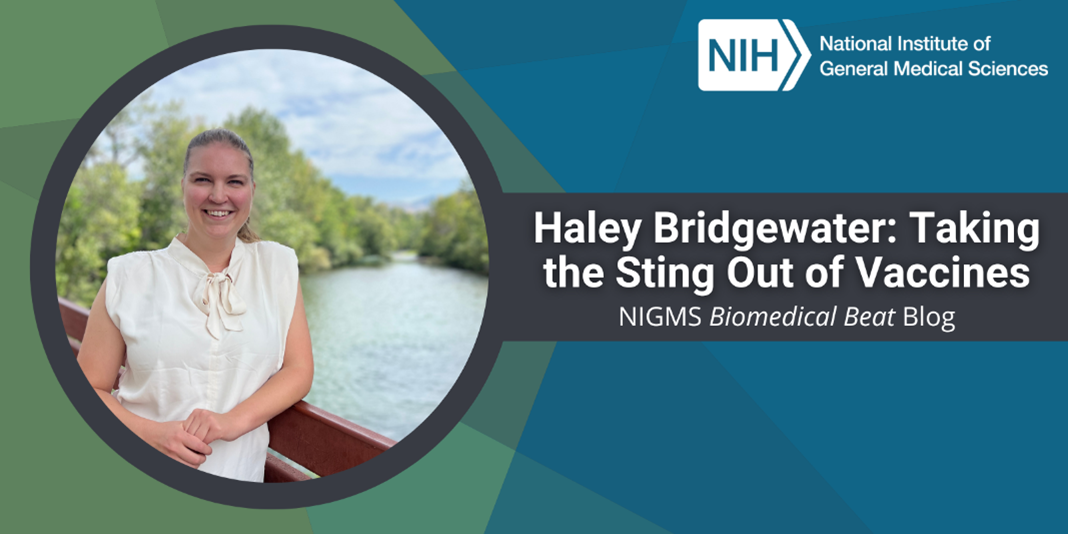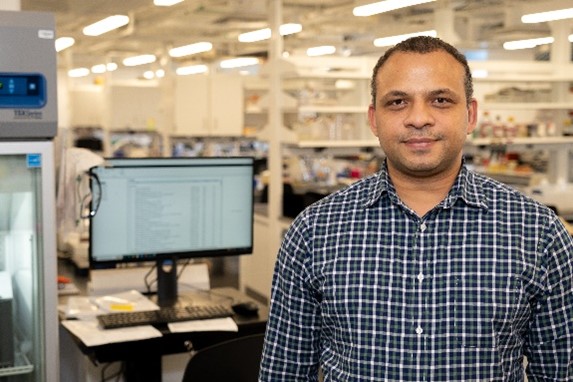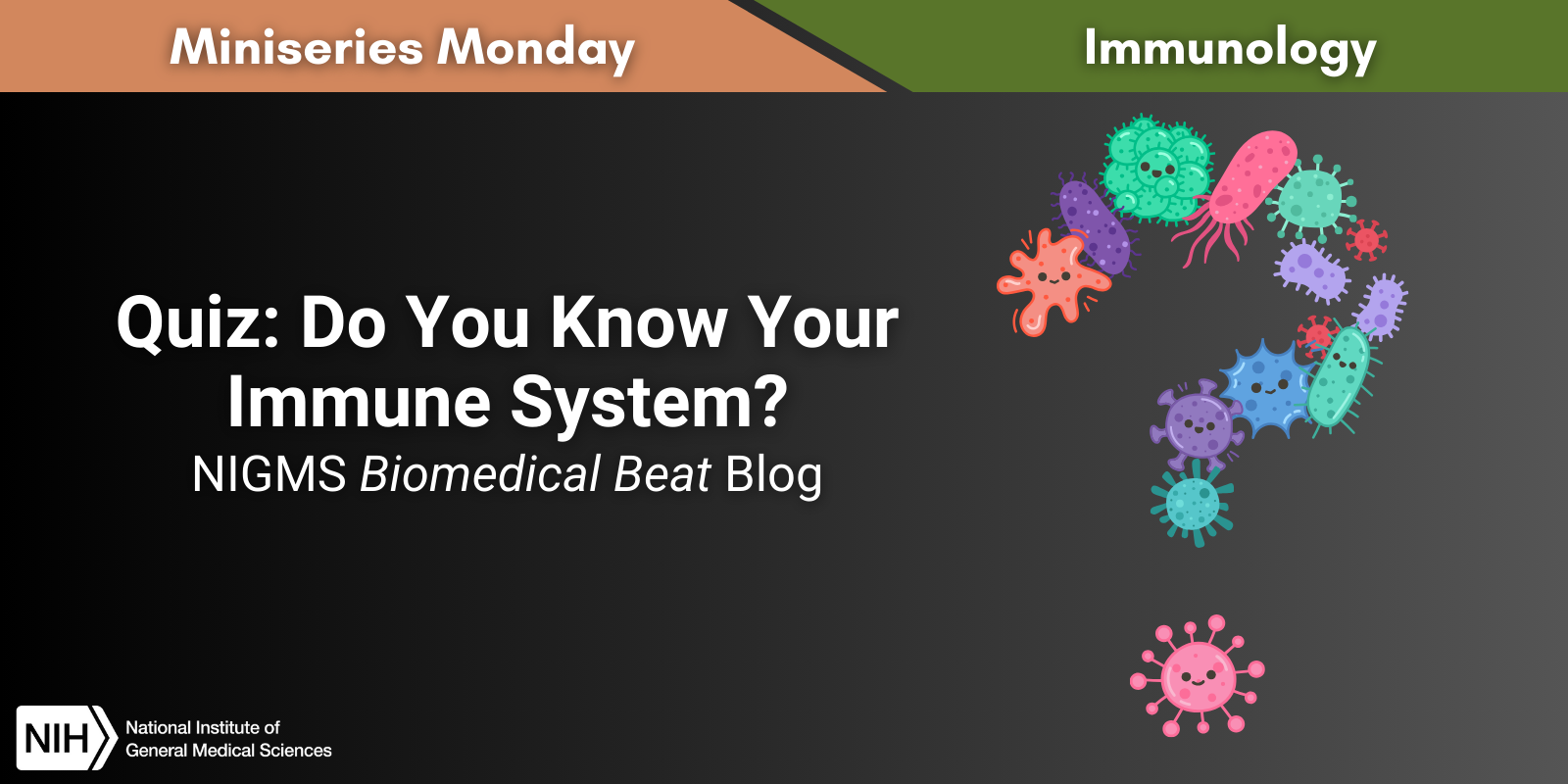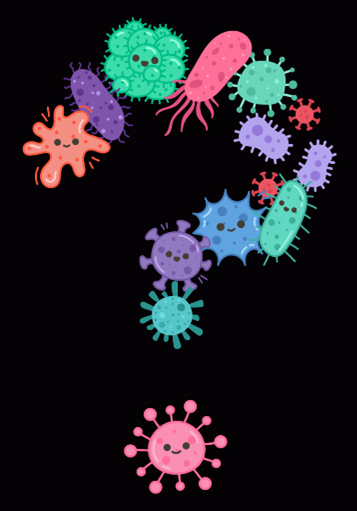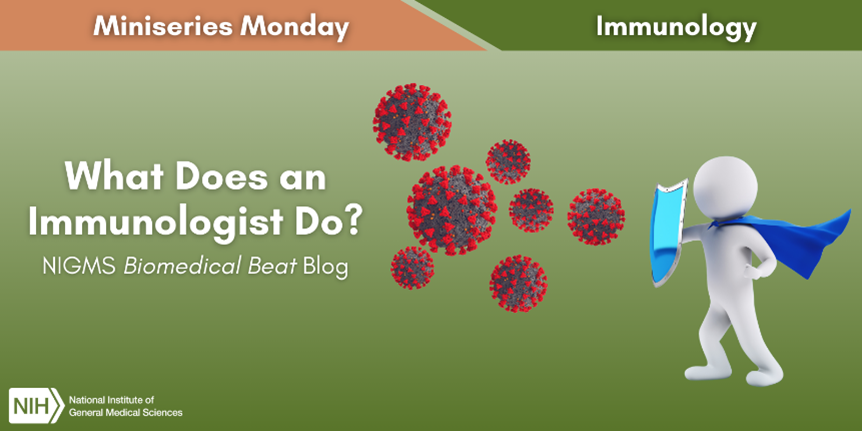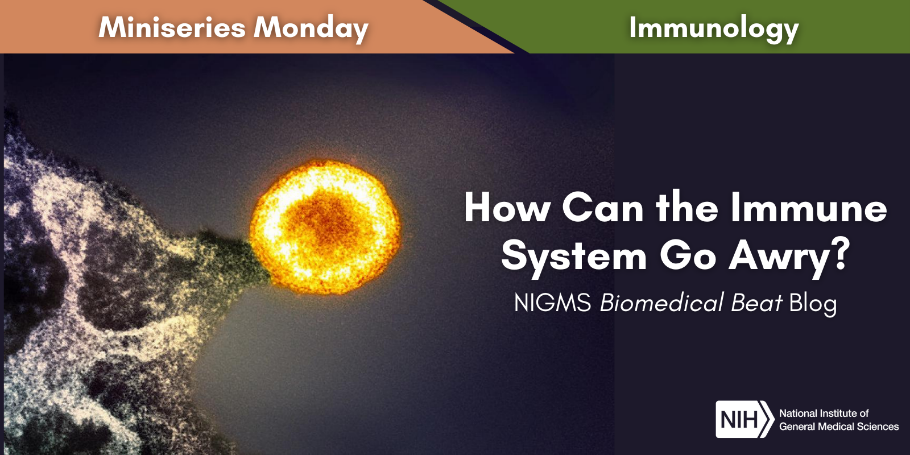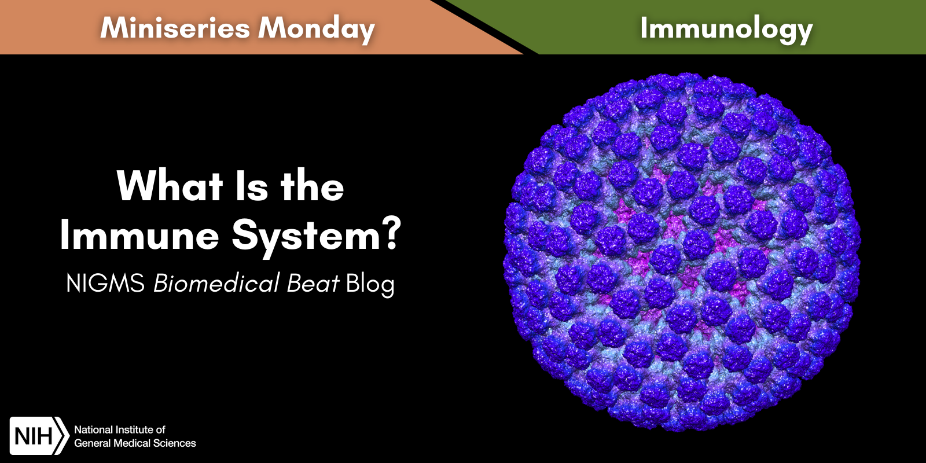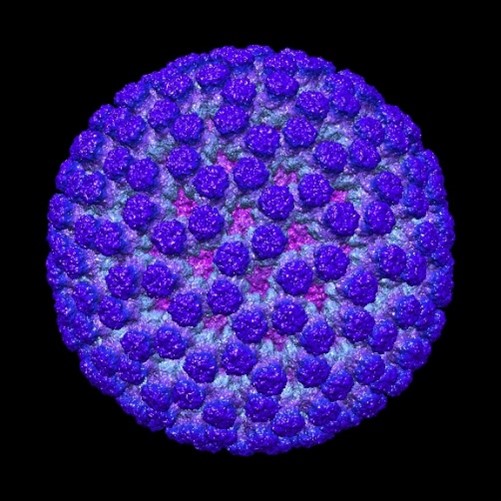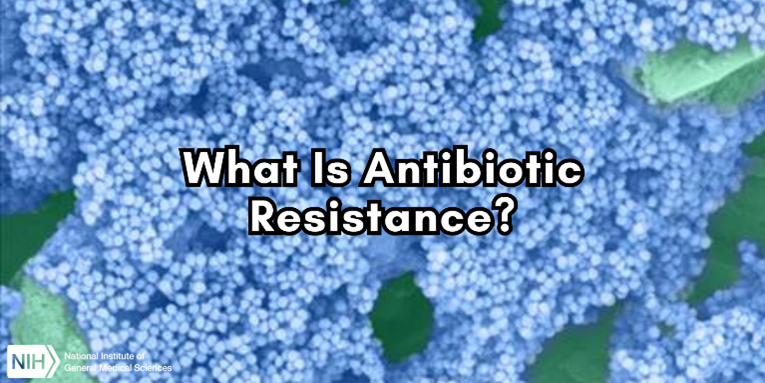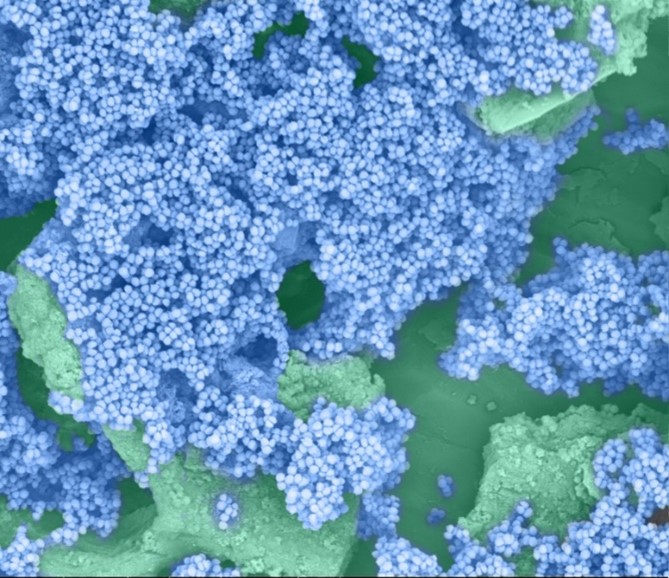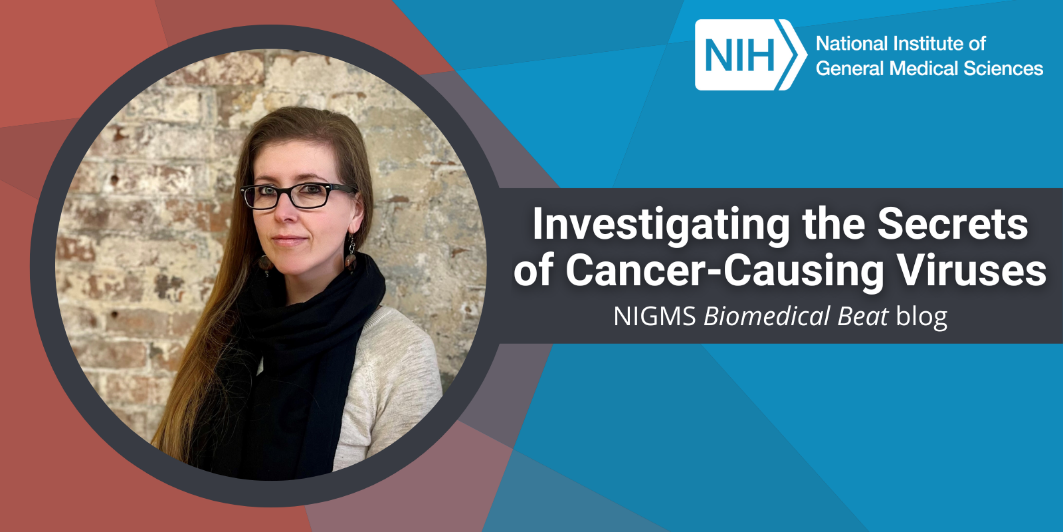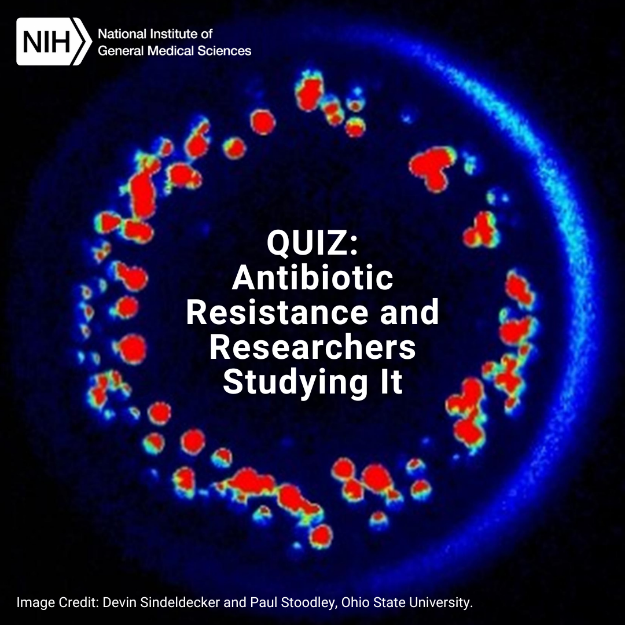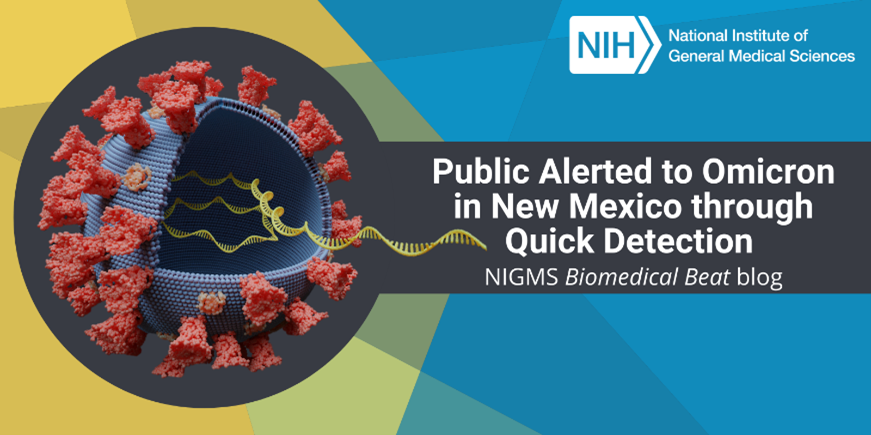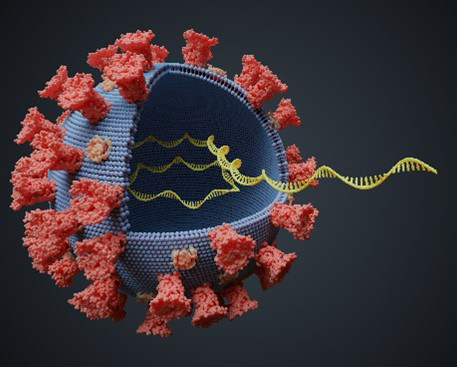Haley Bridgewater, a graduate student at Boise State University in Idaho, is sure she wants to continue studying infectious diseases after she graduates with her Ph.D., but she’s finding it difficult to choose a specific topic within that branch of biomedical science. “My problem is that I like them all. The more I look into specific research topics to narrow down my options, the longer my list of potential topics grows,” she says.
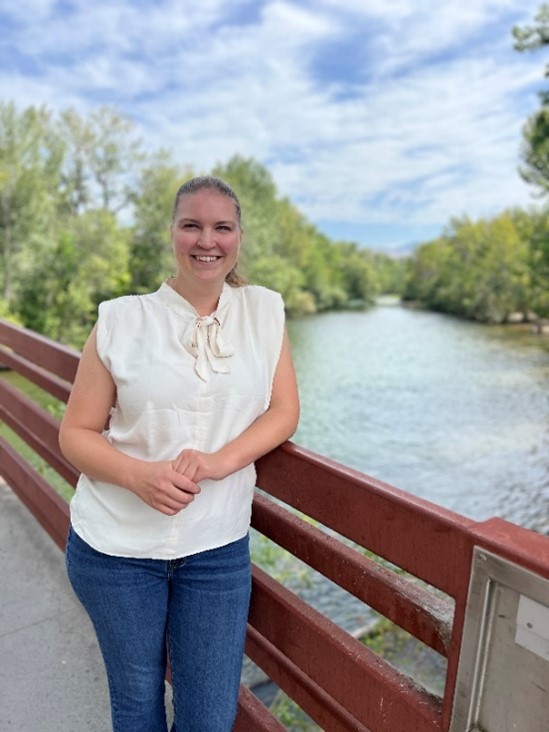
Haley’s early introduction to science wasn’t related to the biological sciences at all. She grew up in Los Alamos, New Mexico, where her dad studied nuclear chemistry. Discussions about chemistry, physics, and rockets surrounded her, and she would often stare up at the night sky to catch a glimpse of a meteor shower or the International Space Station passing by. But she was even more curious about what was below her feet: What makes an insect different from a rock? What does the microscopic world look like? She received a microscope one year for her birthday and carried it with her everywhere so she could try to answer these questions.
Global Experiences
Haley took an advanced biology class in high school, where she learned not only about the living world, but also the many exciting scientific careers available, such as becoming a researcher. She moved to Tacoma, Washington, and earned a bachelor’s degree from Pacific Lutheran University (PLU), where she majored in biology and global religion.
Continue reading “Haley Bridgewater: Taking the Sting Out of Vaccines”

